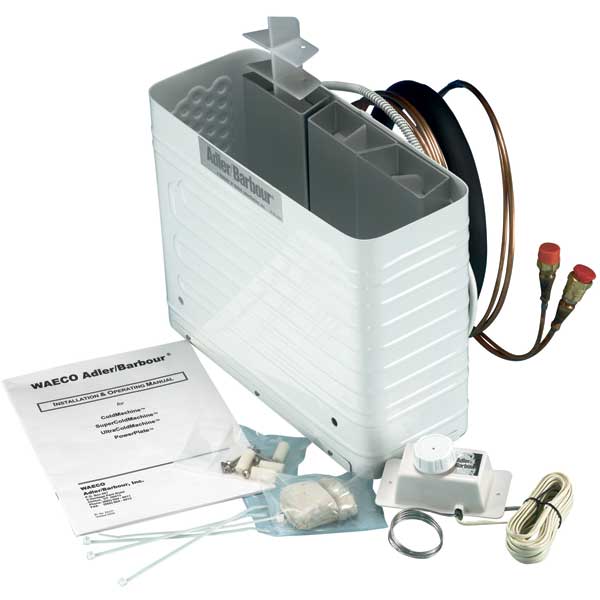My icebox seems to be really poorly insulated. I added an extra 1/2 of styrofoam on the forward and starboard sides. I can not access the aft outside or port outside of the icebox. I can not keep a bag of ice for a day let alone a weekend. I fear any refer install would be energy wasteful.
I did add some styrofoam to the inside of the icebox hatch board as well with little effect. I would love some ideas on getting better insulation around the box.
Hi Brett, long time ago, I added an inch of foil-face rigid foam insulation to the inside 'roof' of our ice box. Also to the underside of the removable lid. EY had not done this. Makes a noticeable difference in maintaining the cold.
If, perchance, your ice box has an open hose draining melt water (and most of the cold air....) into the bilge, put a cork in it.
Another thing I did, after reading up on heat transfer into these little boxes was to put some thin soft foam "weather tape" on the underside of the lid edges where it rests on the internal flange. That makes a large difference. This considerably reduces the amount of outside moisture sneaking in to condense on the coils and ice them up.
Our '88 model has about 1.5 inches of rigid foam glued to the outside, but like you I have added another inch of closed cell foam to the three sides that I can reach.
It's kind of "a game of inches" where you just keep sealing it better and insulating it better and then...... one weekend cruise you notice that the reefer compressor is running well under half the time and your food is at 38 degrees, ... and.... life is good! The Admiral is happy, and you open a bottle of chilled wine.

Salud!!
Also, to prevent unnecessary opening of the lid to check on the little cheap thermometer I had left inside, I bought a little sender and remote display from Camping World so we can monitor the inside box temp while sitting at the nav table, just like real "yacht owners" might do!

Good luck, and here's to future cold drinks!


